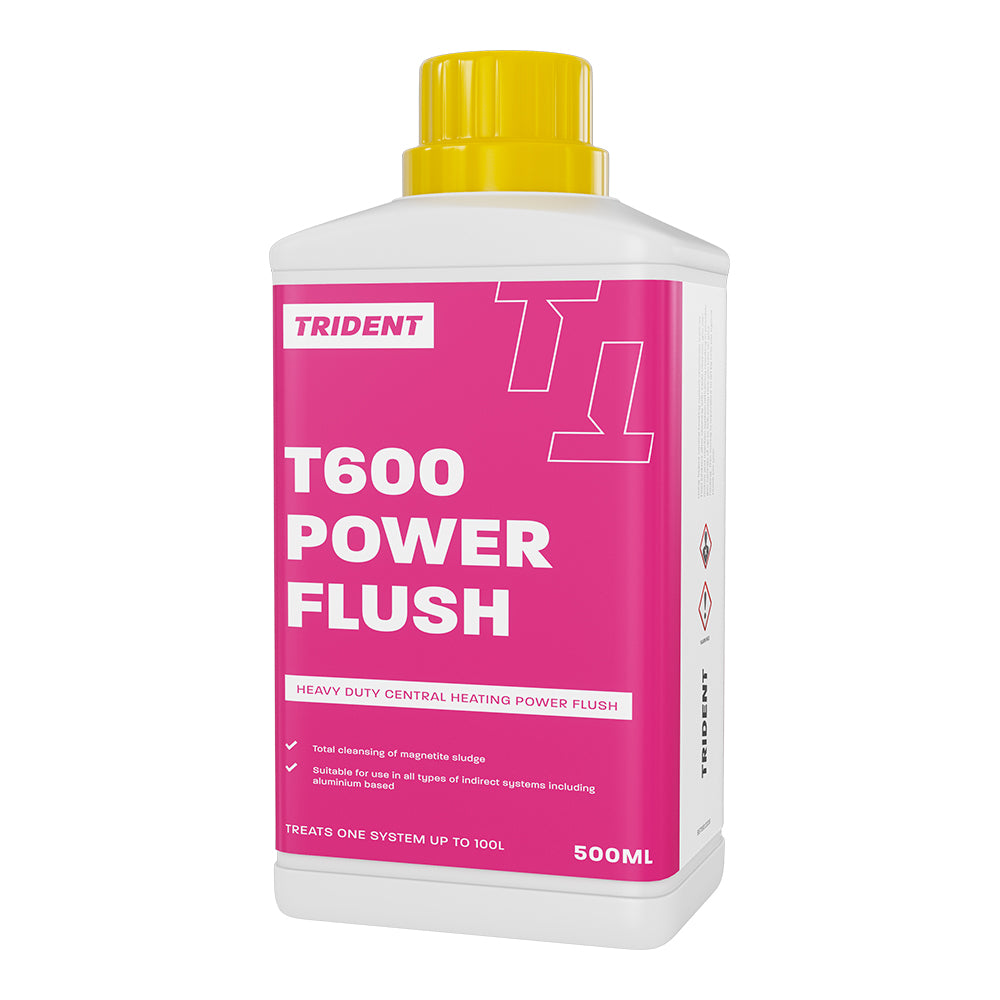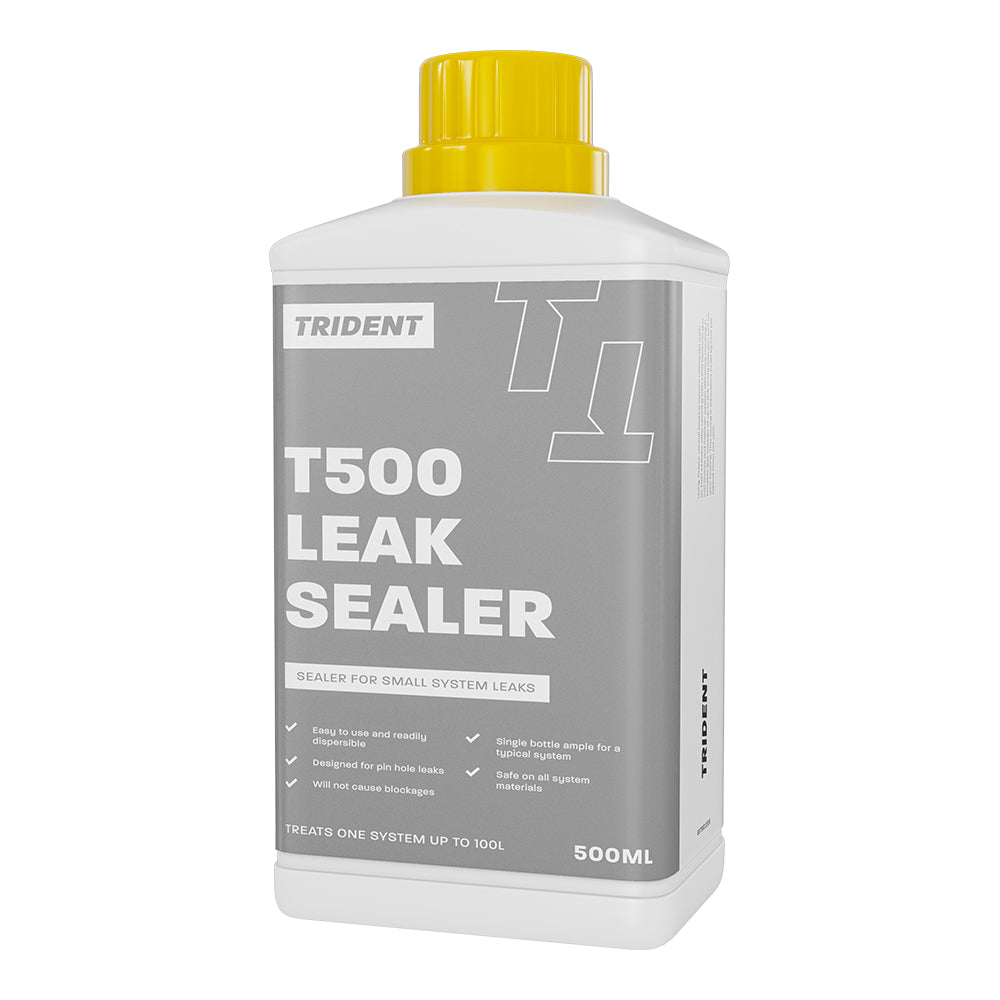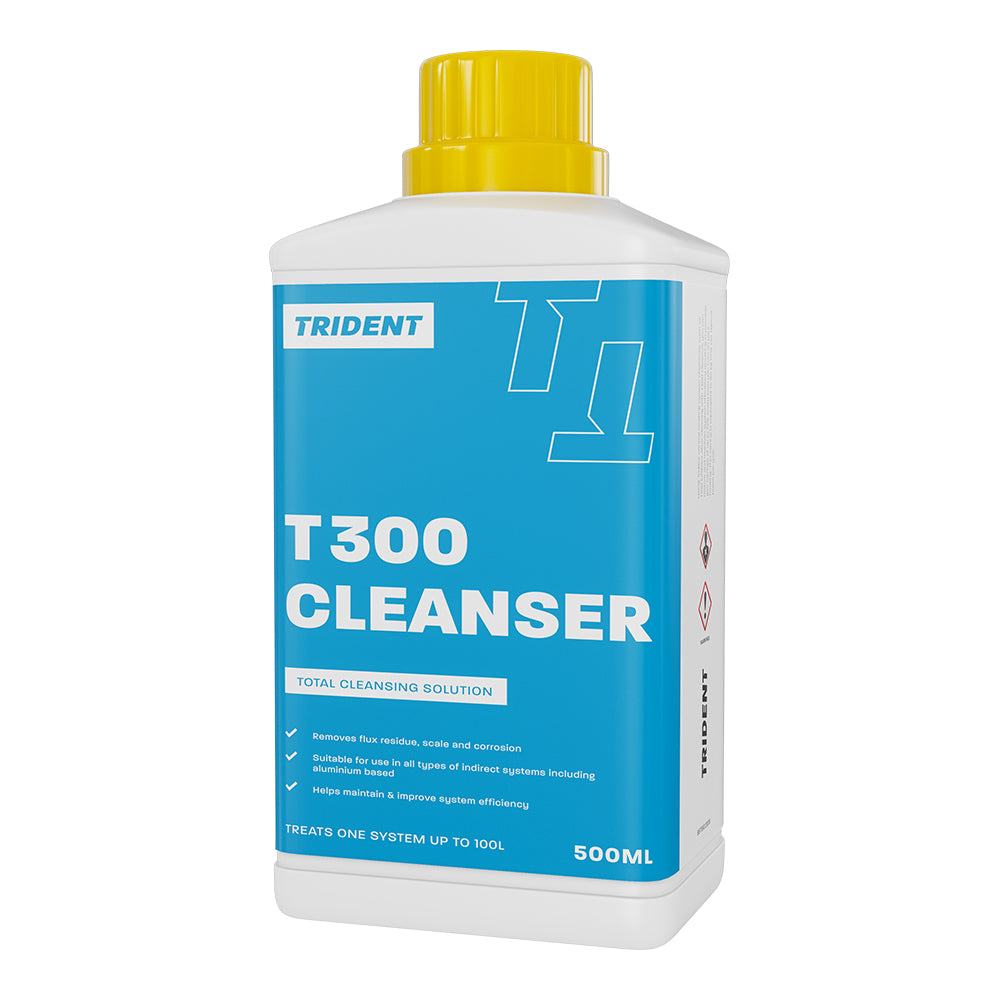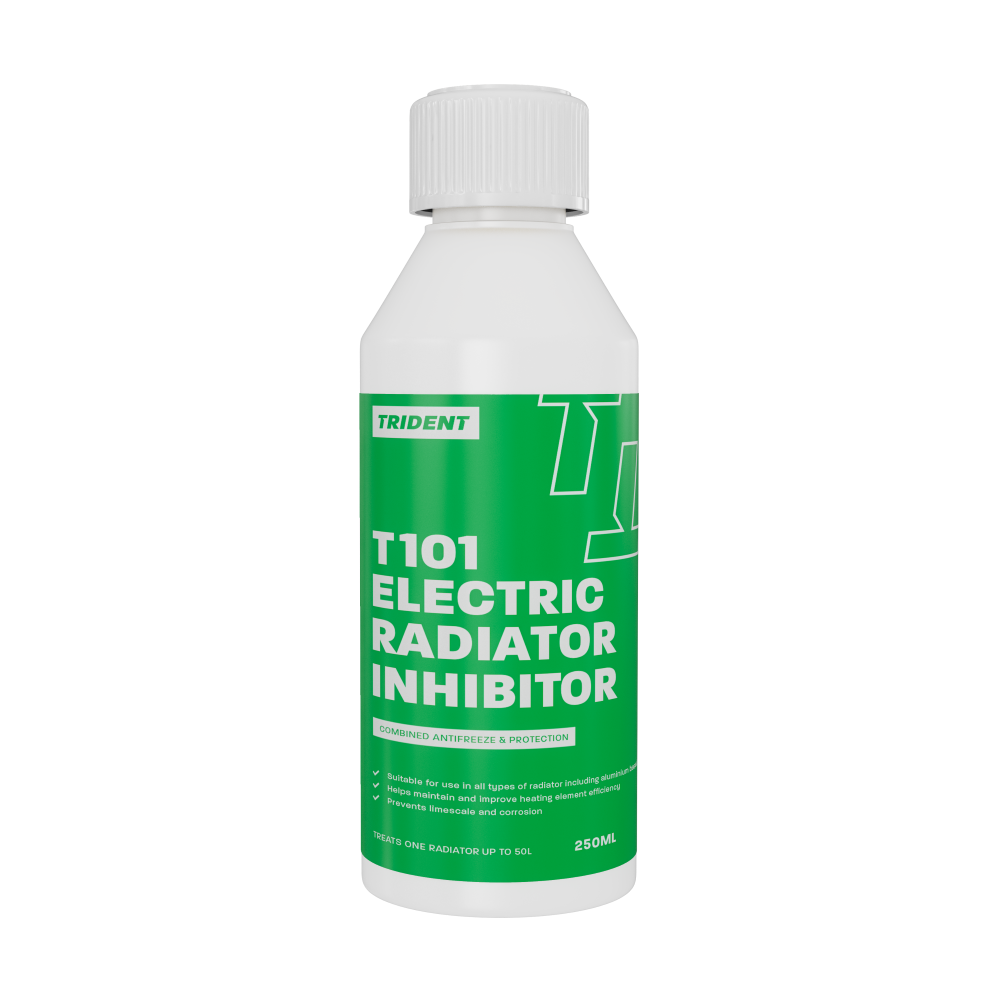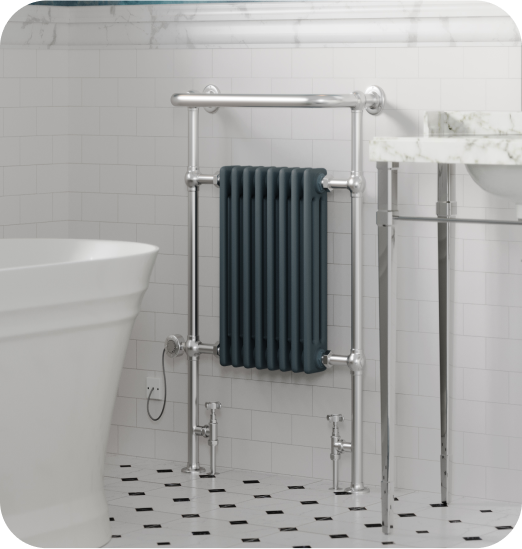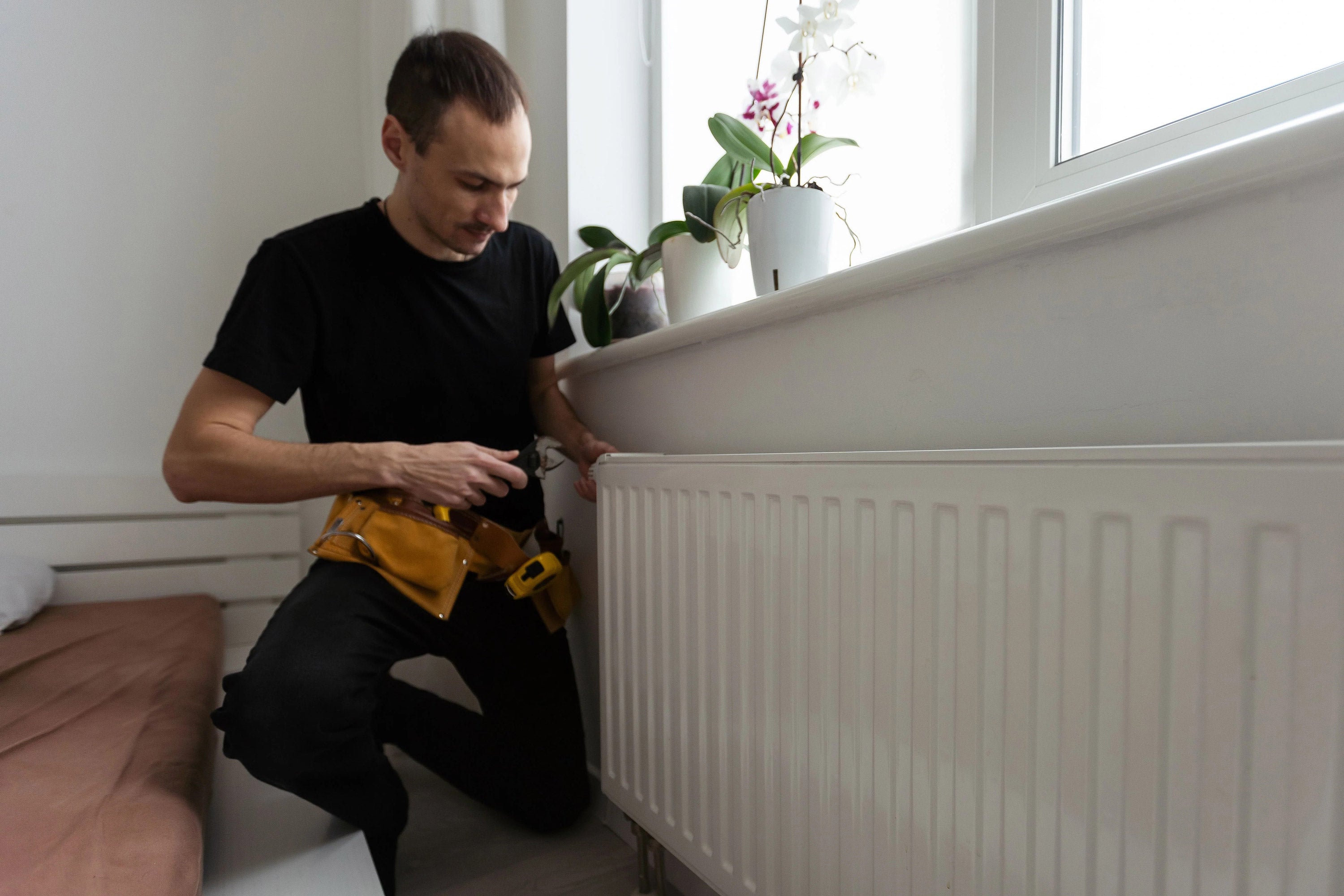
Is it Cheaper to Replace or Repair a Radiator?
Having a problem with your home heating can be stressful. We all want our home to be the right temperature, and for some people - including children, elderly people, and people with illnesses or disabilities - this is an absolute need.
But when things go wrong, should you repair your radiator, or is it time to replace it? And which option will be more affordable?
At UK Radiators, we’ve helped hundreds of people choose the perfect, stylish radiators for their homes, keeping them cosy without compromising on style.
The Cost of a New Radiator vs Radiator Repairs
The answer to the question “is it cheaper to replace or repair a radiator?” depends on a number of different factors:
- The problem with your radiator
- Is it just one radiator, or a problem with your entire central heating system?
- Can you fix it yourself, or does it need a plumber?
- How big a job is it for a professional?
- How old your current radiators are
- The style of new radiator you want
- How many radiators you need replaced
In some cases, it may be a simple repair. Particularly for older radiators, however, it may be your plumber’s recommendation that your radiators are replaced.
According to figures from Checkatrade, the labour cost to remove and reinstall a radiator is likely to be around £200. The cost of a new radiator will depend entirely on the size, style, material, tech, and heating mechanisms you’ve chosen. Radiators can range in price from around £100 to over £1000, so it's easy to find new radiators at a price point that works for you.
Common Radiator Faults and How to Fix Them
Being able to fix your radiator at home is likely the cheapest option if it’s a quick fix. Radiators can encounter problems if they’re not maintained properly, and often there are some quick fixes that you can safely do yourself to keep your radiators running smoothly.
However, if you’re not sure what the problem is and you don’t have any prior heating and plumbing experience, it’s always best to call in a professional to avoid taking a small issue and making it bigger!
Hot and Cold Spots in Your Radiators
Hot and cold spots in your radiator are often a simple problem to solve. When this happens, the most likely cause is air trapped in the radiator, preventing effective circulation throughout the radiator interior. The key here is to bleed your radiator to get rid of the trapped air, allowing heat to better circulate!
One other option is radiator sludge - if the cold spots are at the bottom of the radiator, this is most likely. Take a look at our guide to radiator sludge and how to handle it for advice!
The Radiator is Warm, But Not Hot
If your radiator is warm but doesn't seem to be heating up fully, It’s likely that your system needs balancing.
What this means is that the flow of hot water from your boiler isn’t distributed evenly between all the radiators in your home. Balancing radiators essentially restricts the flow of hot water to radiators that are too hot, and allows more to flow into the colder radiators.
You can check if your radiators need balancing by doing the following:
- Turn off your heating
- Open all your radiator valves
- Turn the heating back on
- Record how fast each radiator heats up
- Turn your heating off and allow it to cool
- Turn the heating back on
- Adjust the first radiator to heat up
- Take your radiator’s temperature
- Take the temperature of the pipework
- Check each radiator on your list
Check out our full guide to balancing your radiator here.
Your Temperature Control Isn’t Working
If you’re changing your temperature control but it doesn’t seem to be doing anything, or your temperature control feels stuck, your centre TRV pin may be stuck.
This is something you can quickly check yourself:
- Remove the Top Cover: Locate the knurled nut (usually made of metal with a ridged texture) on top of the valve. You should be able to remove it by hand.
- Check the Pin Movement: Once the cover is off, look for a central pin. This pin should move freely up and down by a few millimetres. If it doesn’t move, it might be that the pin has seized.
What to Do If the Pin is Seized
- Light Tapping: If a gentle tap frees the pin, you're good to go! Reassemble the valve cover and double-check that the radiator is working again.
- Replacement Needed: If tapping doesn't work, the valve might need to be replaced. We strongly recommend consulting a professional plumber to do this though!
Consult the Experts at UK Radiators
It can be difficult to tell what your radiators need, and the answer to the question of “is it cheaper to replace or repair a radiator” isn’t always a straightforward one.
At UK Radiators, you’ll have access to all of the in-depth industry knowledge from our team of experts. We’re passionate about customer service and are always happy to help - no question is too small! With our expertise on your side, you can get a stylish, functional, radiator that is reliable and works with your budget. We also have a range of how-to guides to help guide you on the simple fixes you can make at home!
Get in touch to find out more, or to get started with your brand-new radiator today!



